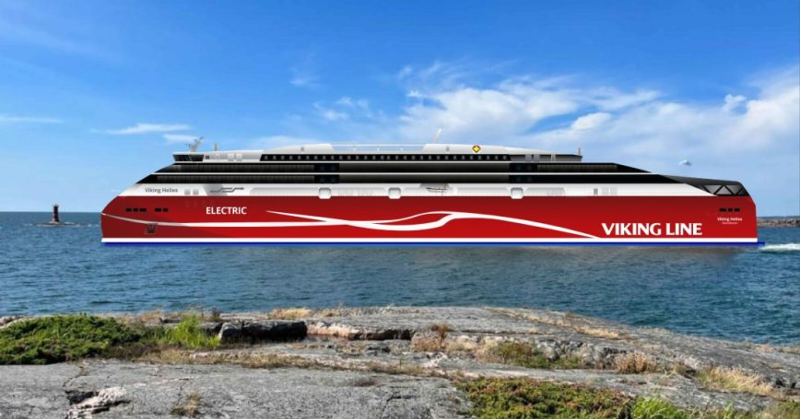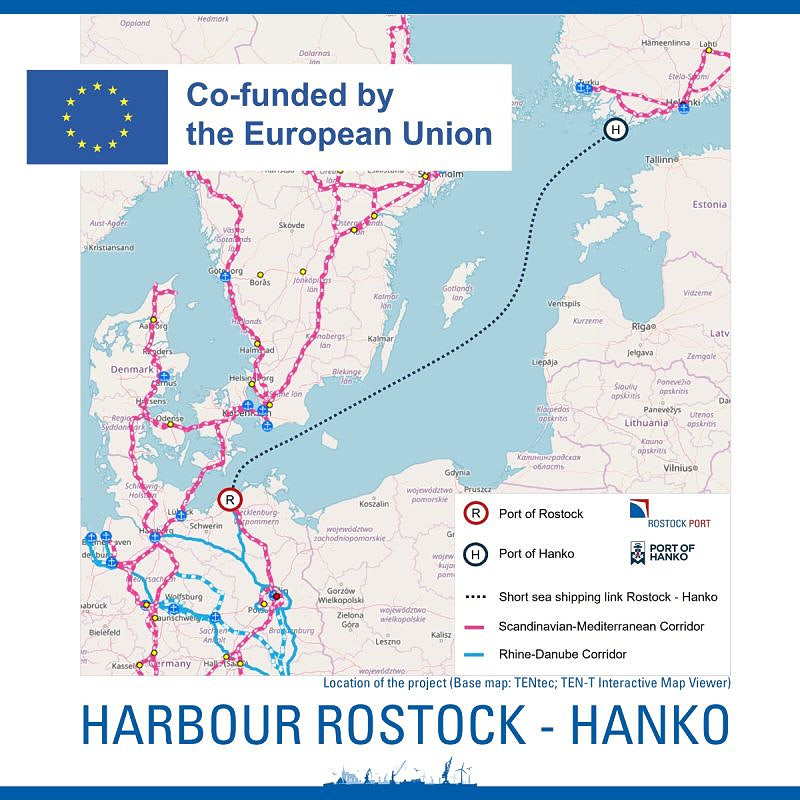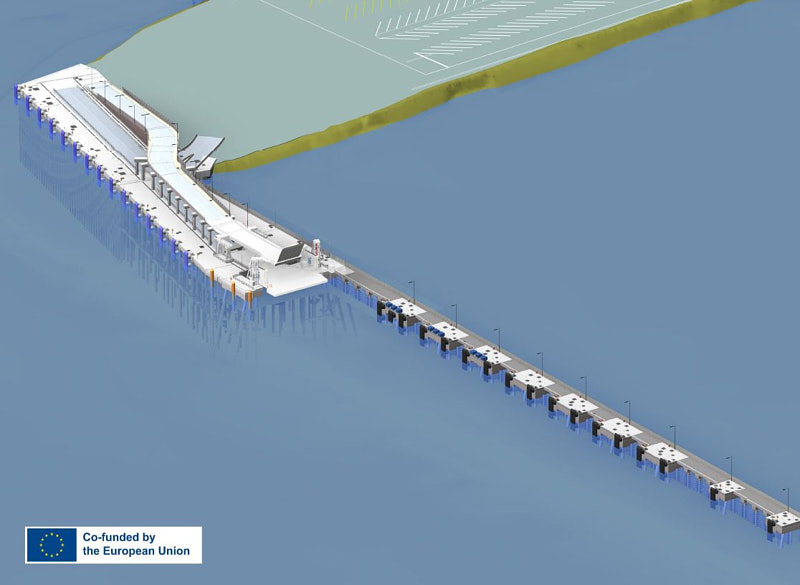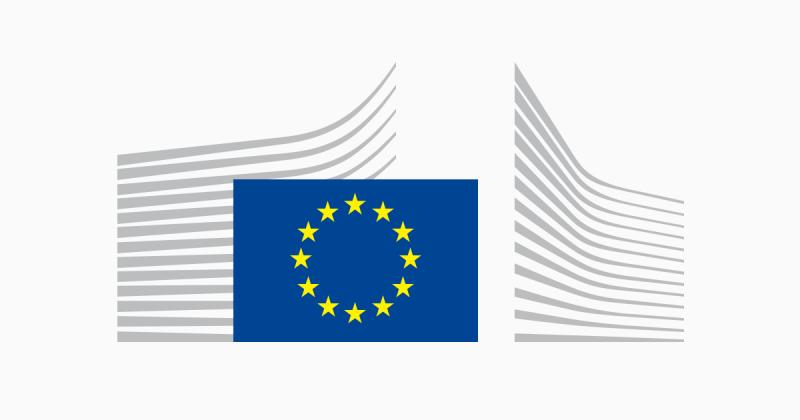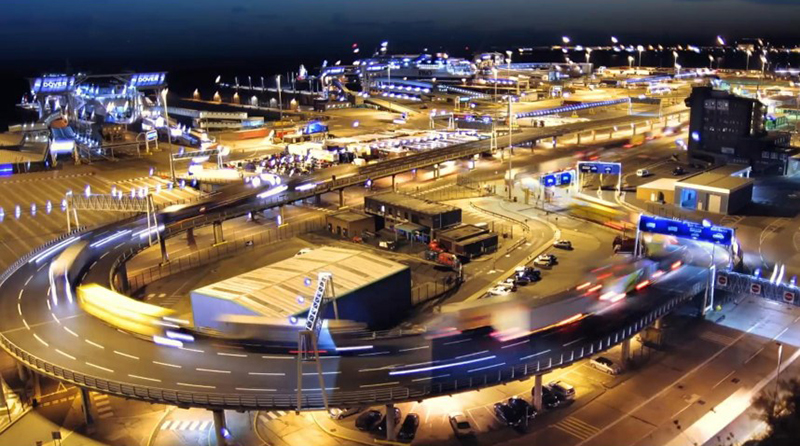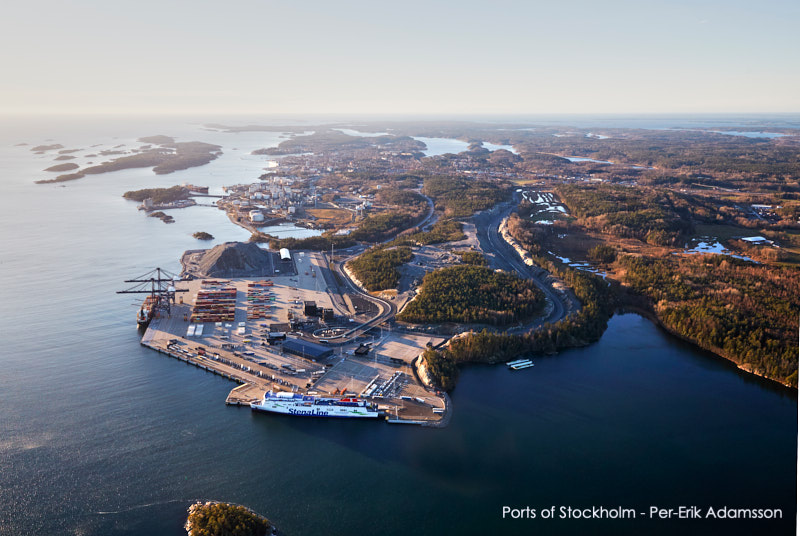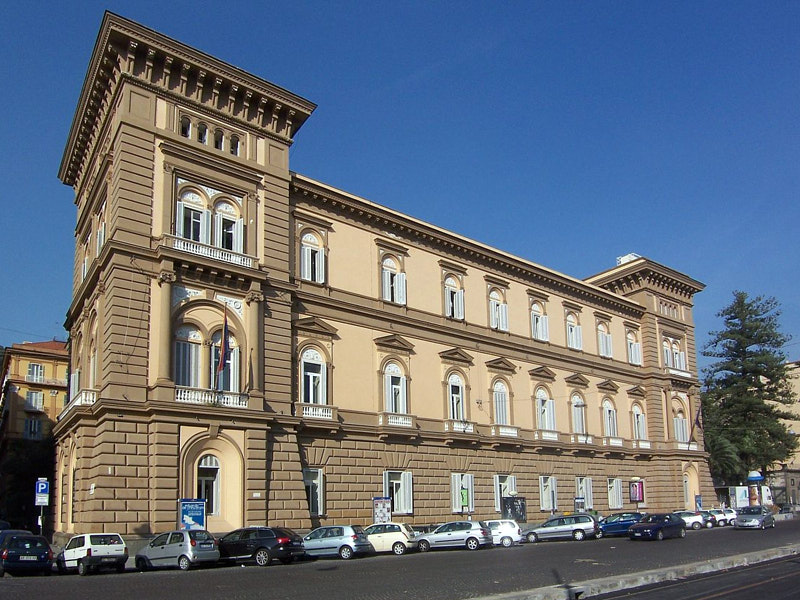The European Commission adopted on 29 November 2023 a series of proposals designed to improve the experience of passengers and travellers by strengthening their rights.
The new rules will build on lessons learned, including the recent experiences of the COVID-19 crisis and the bankruptcy of the travel group Thomas Cook in 2019, which had a major impact both on travellers and on the travel market.
In particular, they will clarify rules on reimbursement when flights or multimodal journeys are booked via an intermediary, so that passengers are better protected against cancellations.
They will also provide for smoother journeys, especially those involving different travel services or transport modes, ensuring that passengers have access to direct support, and enhanced real-time information, for example on delays and cancellations.
Special attention is paid to the needs of passengers with disabilities or reduced mobility to address and facilitate the switch between transport modes and improve quality assistance where needed.
The proposals adopted focus on 3 aspects:
- Stronger passenger rights
- Protection of package travellers
- Better multimodal travel information services and the creation of a common European mobility data space
